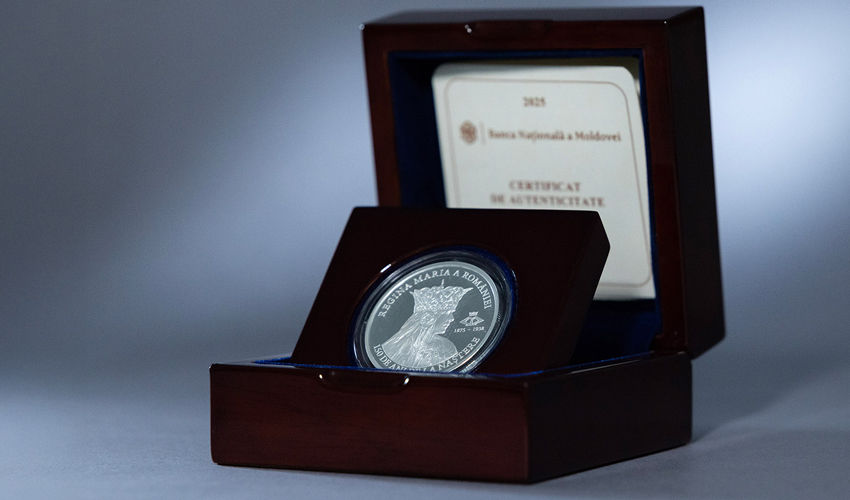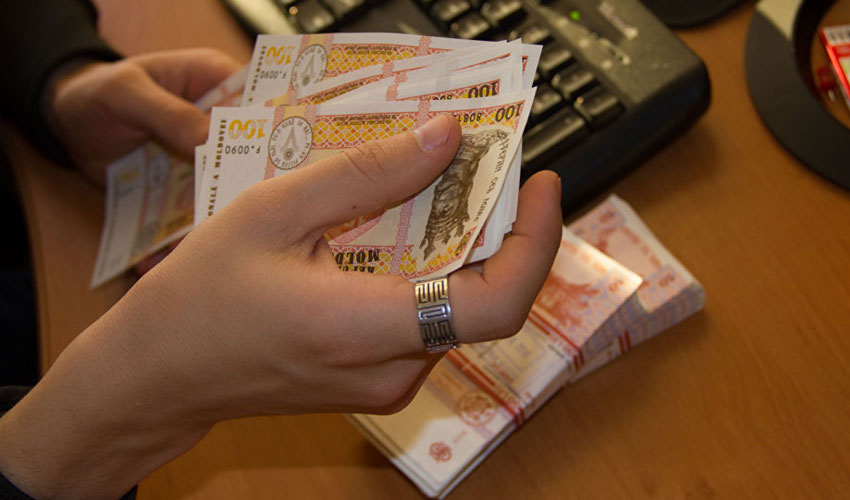
“Since 2018, we have been launching vehicles on the routes that minimize the impact on the environment. During this time, Moscow has become a leader in Europe in terms of the number of electric buses, and the total number of trips on them has exceeded 745 million,” RBC business edition quoted Moscow’s Vice Mayor for Transportation and Industry Maxim Liksutov as saying.
At the same time, all electric buses in Moscow are Russian-made, mostly KAMAZ and LIAZ vehicles. But they meet the highest standards of service and safety. In particular, electric buses have a low floor for the comfort of passengers with limited mobility, they also have a folding ramp (a platform for descending or ascending) and a driver’s call button. There is a storage area for bicycles, strollers and large luggage. Fares can be paid using digital validators. Passenger safety is monitored by video cameras inside and outside the electric buses. To maintain stable climatic comfort, an air curtain is activated when the doors are opened, which helps to maintain the temperature in the cabin. The electric buses are also equipped with USB slots for charging phones, screens with information about the nearest stops and smart lighting.
Last year, the city added more than 800 new electric buses to its fleet. It is expected that within the next 10 years the entire Mosgortrans fleet will switch to electric buses.
Along with the growth of the fleet of electric-powered public transportation, the infrastructure for charging and maintenance is also expanding. Twelve large sites for this purpose have already been created in Moscow. The electric buses themselves are serviced under life cycle contracts: within 15 years after they are transferred to Mosgortrans, the manufacturers themselves ensure that the vehicles work properly.













